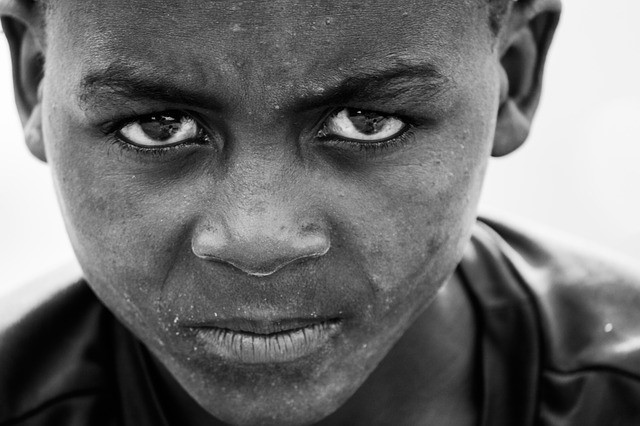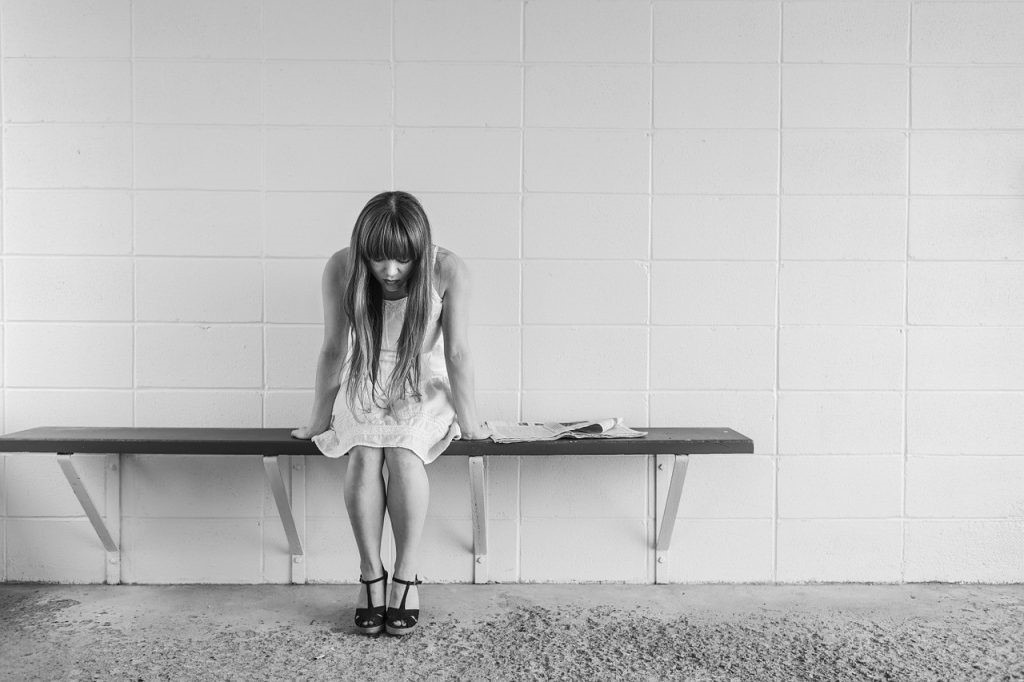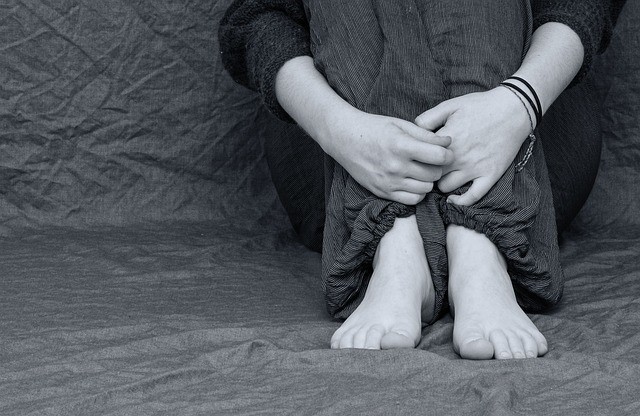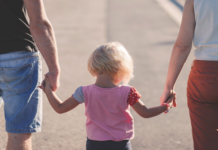Central America’s touristic appeal has made child abuse into one of the many types of entertainment in offer for tourists. Children sell candies and sexual favors.
Walking candy
When night falls in these tourist spots, children go out to sell candies and more. Children aged between 12 and 17 – pretending to be older, in tight clothing and heaps of make-up—keep their families afloat via sexual favors.
The children tend to come from dysfunctional families, which beat them if they don’t bring home an expected amount of money. In the worst cases, the children have been sexually abused in their own homes by family friends, or have had their mothers join them in prostituting themselves.
These cases were registered by UNICEF. Child abuse is a common phenomenon in the hearts of the poorest Latin American families, which usually results in a direct path to prostitution.
47% of child prostitutes have been subject of abuse and rape in their own homes; almost half of them become prostitutes between ages 9 and 13. Other socioeconomic factors, such as poverty, lack of recreational spaces, lack of education and nomadic tendencies, among others, make it easier for sexual exploitation to occur.

Vulnerable children without access to support networks lack knowledge regarding their own rights. Adding to the problem is the fact that the children’s own parents or other family members are usually the ones behind the exploitation, which makes it harder for authorities to intervene.
Besides prostitution, tourist spots are also rife with child porn, usually filmed in hotels and farms that that tolerate such practices.
In the face of this situation, countries like Nicaragua – with tourists spots like Granada—encourage sustainable tourism alongside multi-disciplinary efforts, by developing the Code of Conduct for the Protection of Girls, Boys and Teenagers Against Sexual Exploitation for Touristic Purposes, to which all tourism-dependent businesses have subscribed.
They have even put programs in place meant to educate and create awareness of what responsible tourism implies, for all working staff. These programs make use of tools meant to alert the authorities in case of suspected child abuse, and provides young girls with work tools to allow them to earn money and create self-sustaining projects.
Child abuse

Exploitation refers to a type of sexual and violent abuse with commercial purposes, which generates criminal practices and unending suffering for children. The moment an exploiter unjustly benefits from a minor, gaining either money or personal pleasure, it becomes a direct violation of the child’s basic rights.
Commercial child abuse is a world-wide problem that extends to human traffic, which requires abusers to kidnap, transport, keep and feed the children they abuse, which forces them to work in brothels or other such establishments. Asia, the U.S. and South Africa top the charts when it comes to this type of abuse, which affects almost 2 million children all around the world.
These children suffer physical and emotional violence that affects them well into adulthood, since they feel rejected by a society that has already abandoned them. It’s for this reason that it’s of the utmost importance to obey article 34 of the International Children’s Rights Convention, which names all governments as in charge of protecting children from being sexually exploited.









